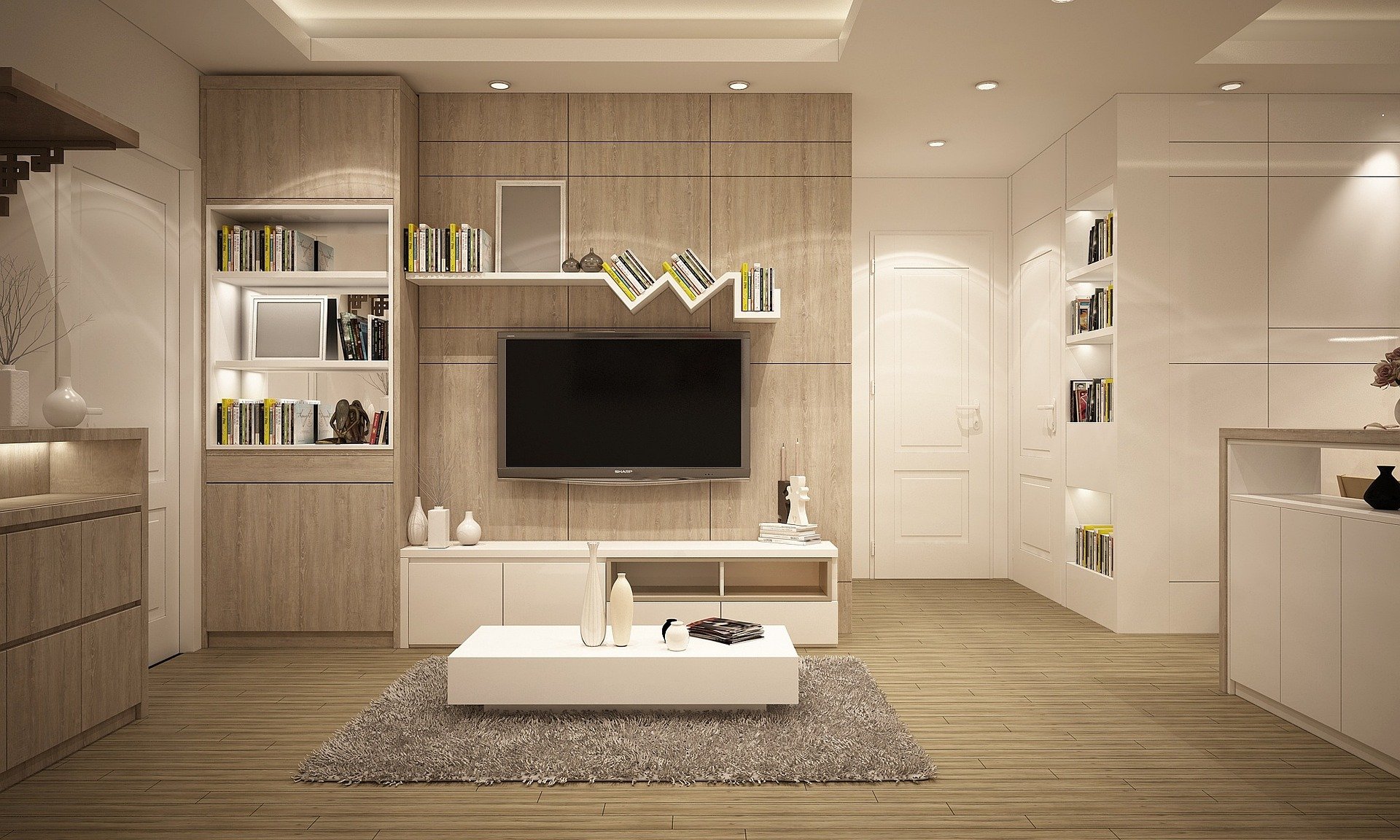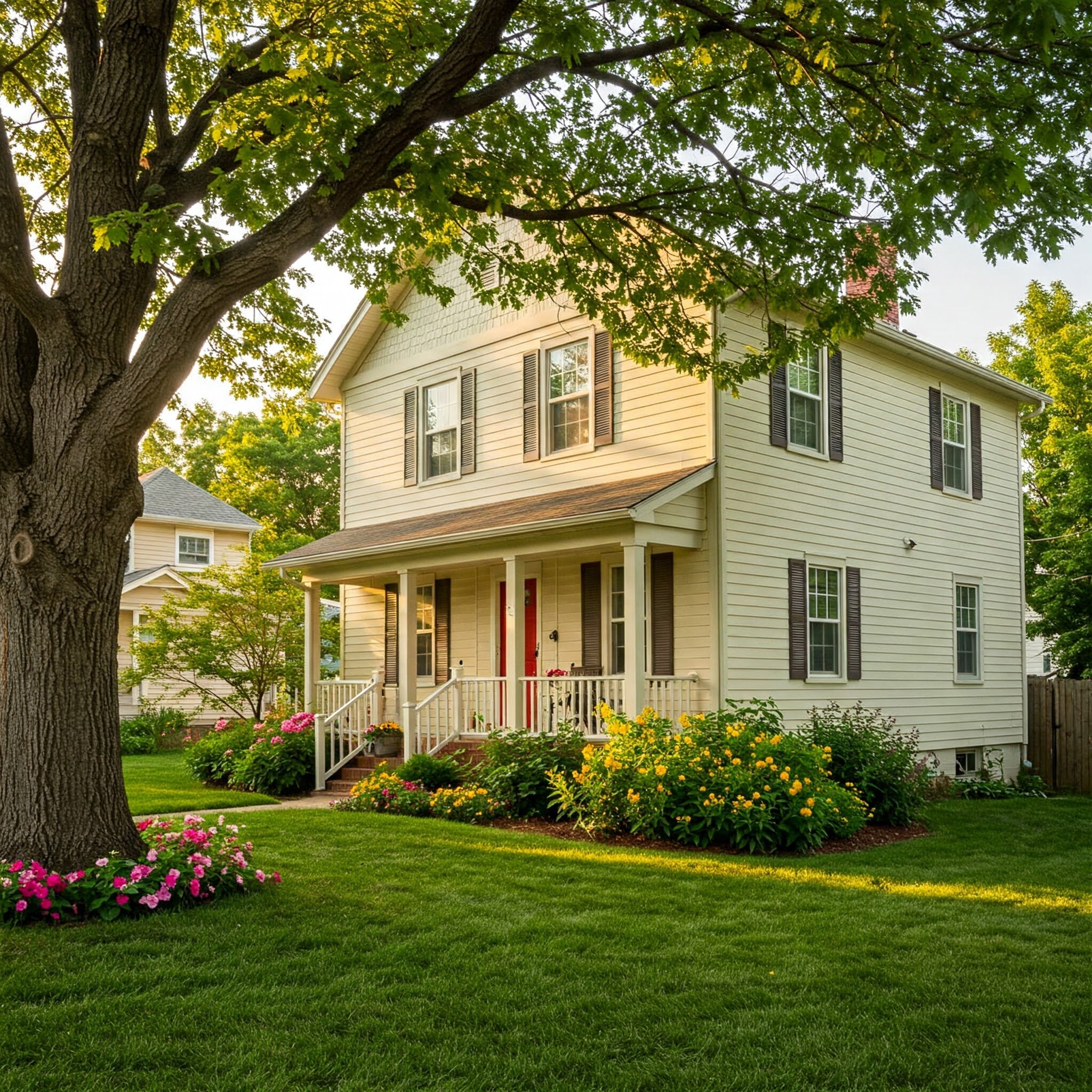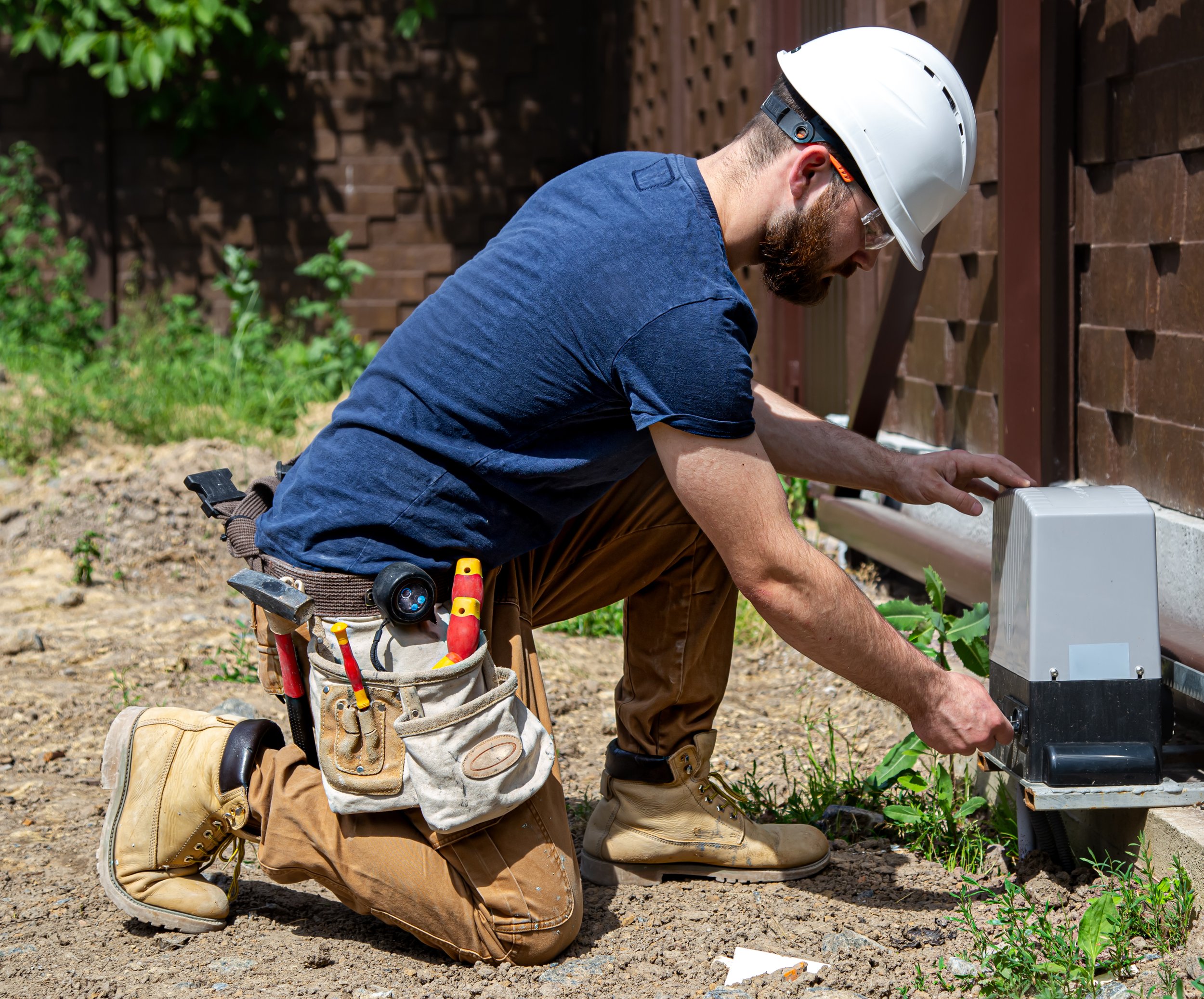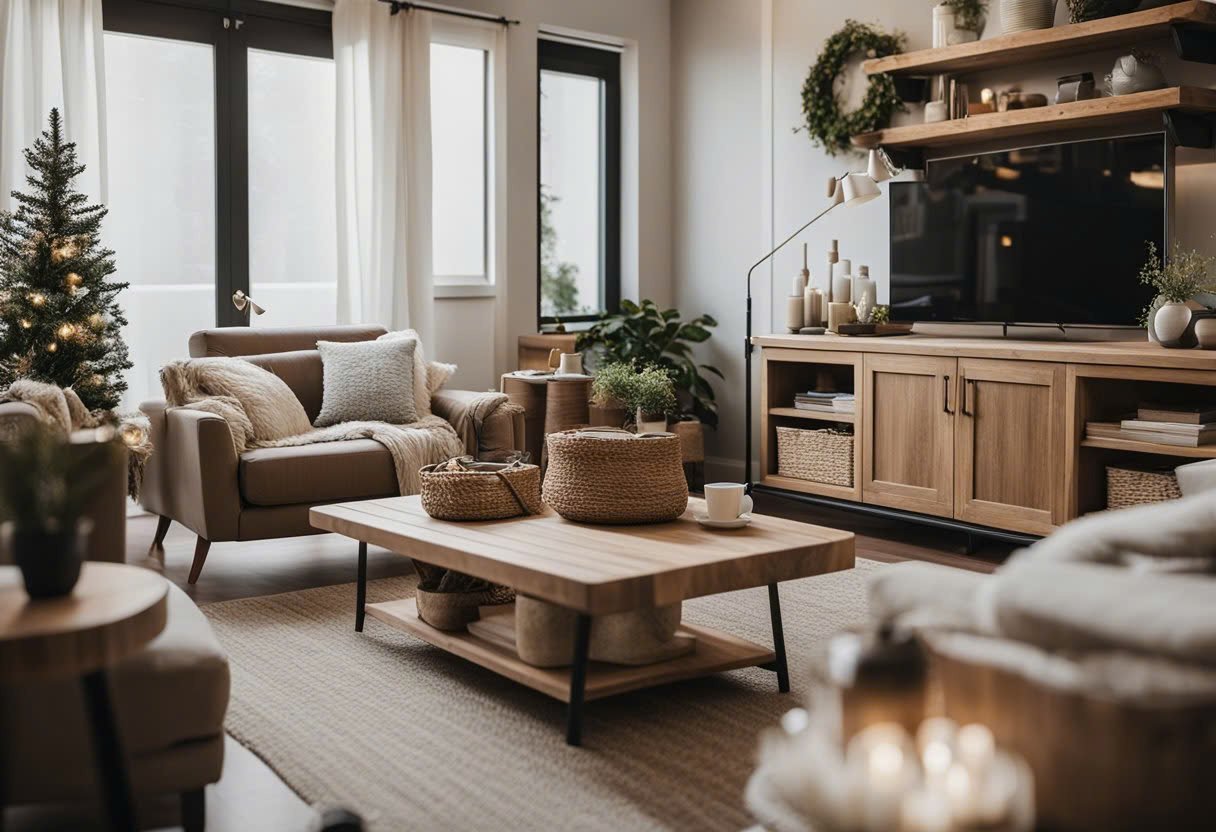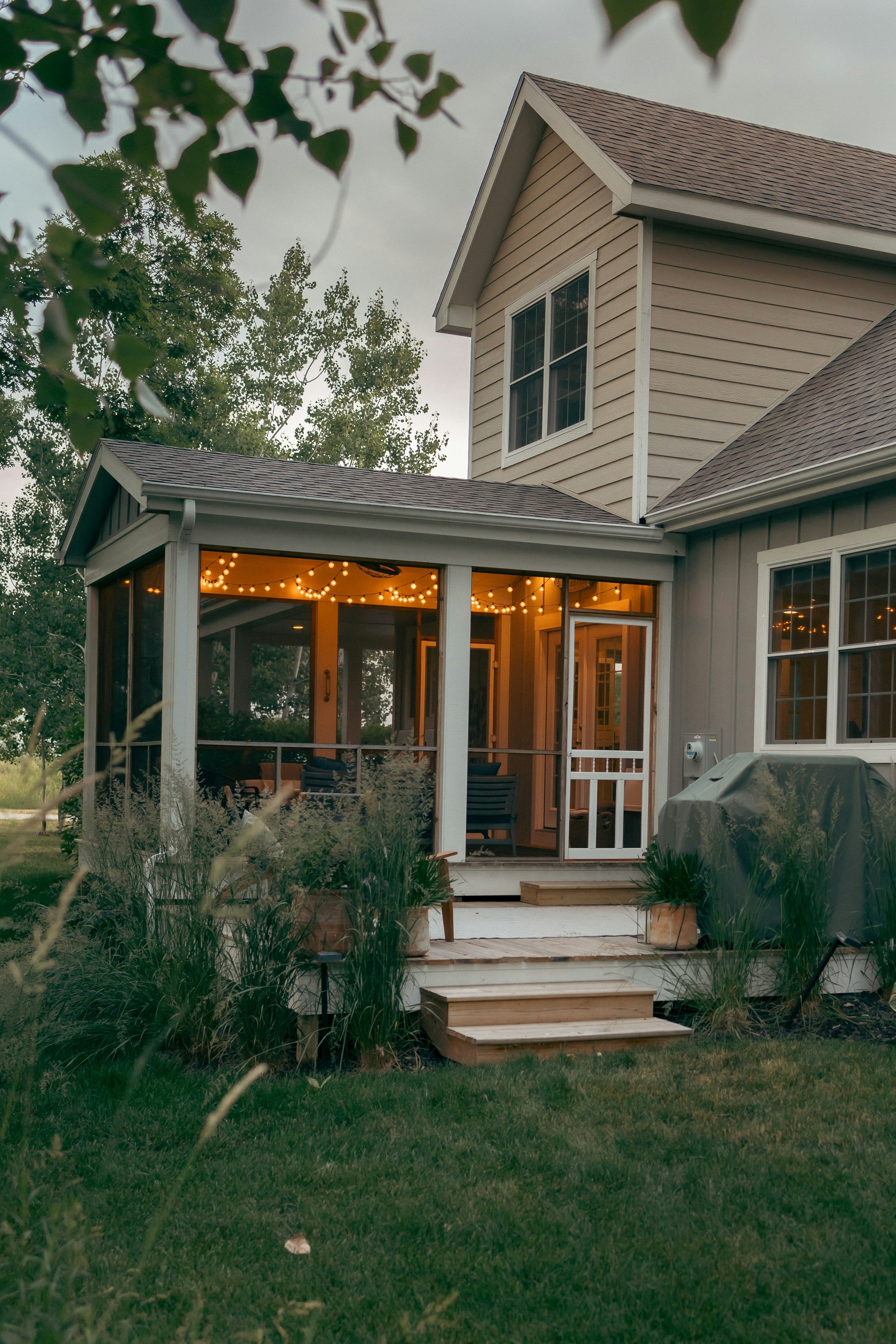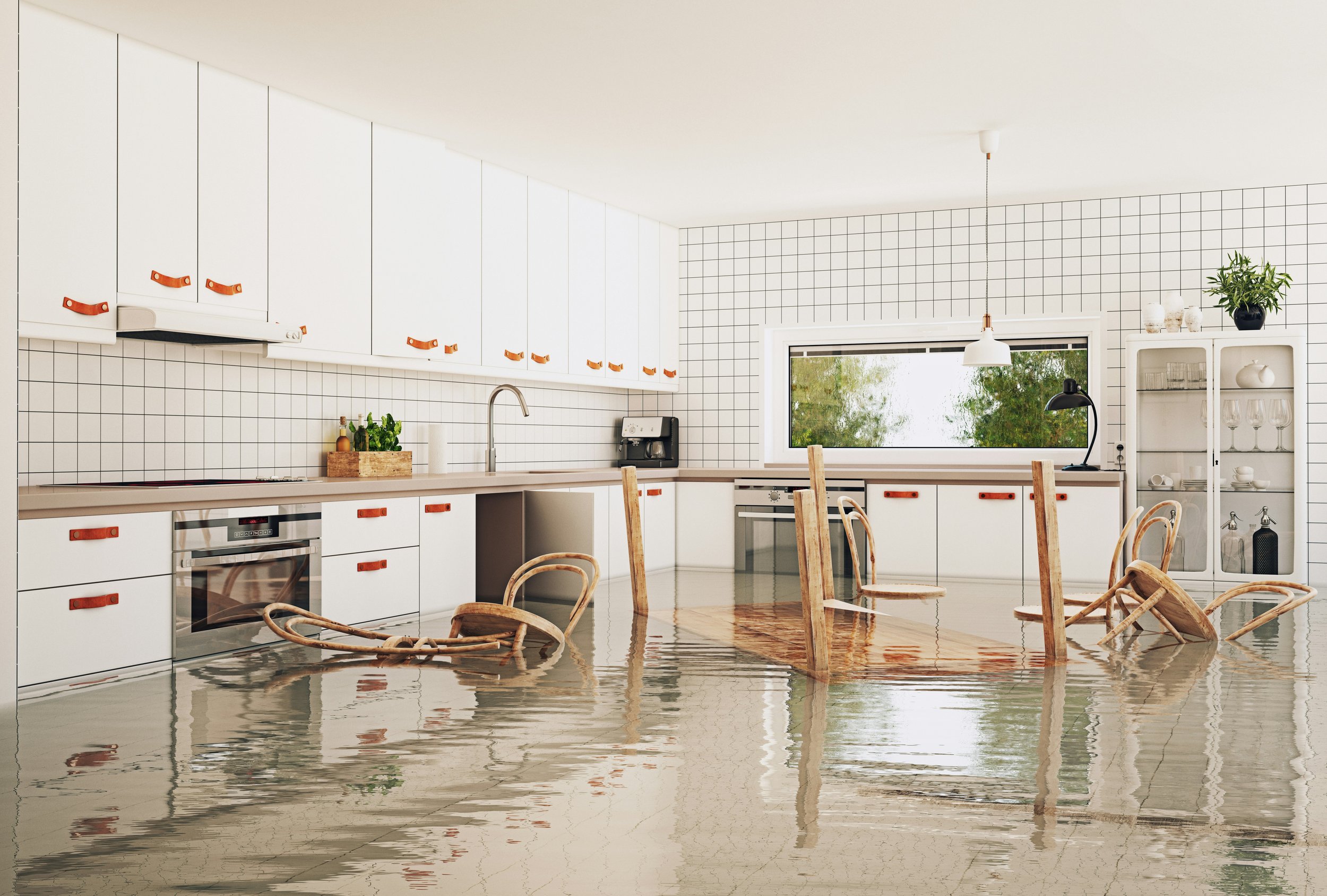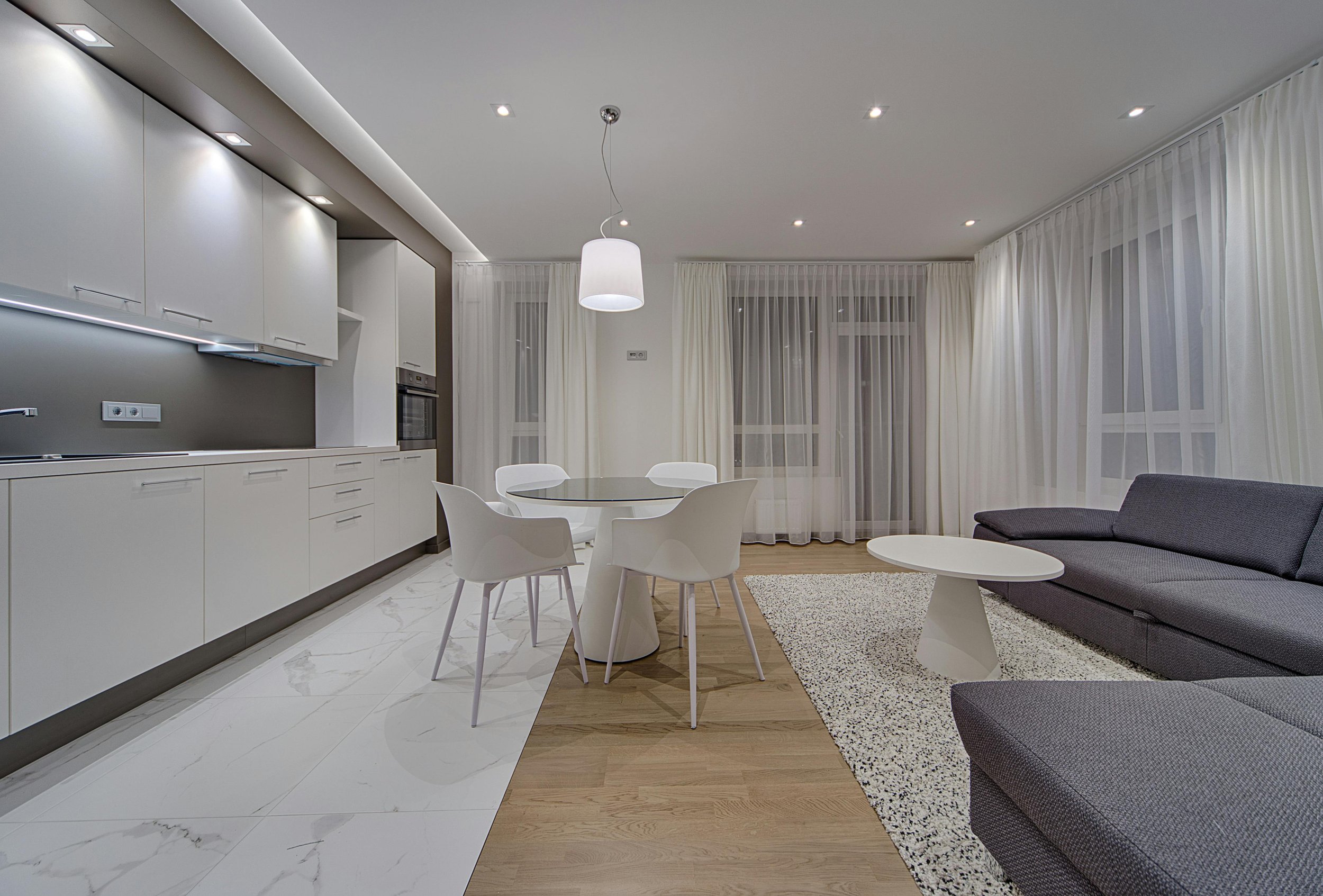How to Ensure the Comfort of Your Family in the Home
Discover practical tips to create a cozy, comfortable home environment that meets your family's needs and enhances their well-being.
A home is more than just a structure made of bricks and mortar; it’s a sanctuary where families come together, create memories, and find comfort after a long day. Ensuring the comfort of your family in the home is a priority that goes beyond basic needs. It involves creating a space that is both physically and emotionally satisfying, fostering a sense of security, warmth, and well-being. In this guide, we’ll explore various strategies to make your home a haven of comfort, from optimizing physical spaces to enhancing emotional bonds among family members.
Optimizing Temperature and Air Quality
Physical comfort is heavily influenced by the temperature and air quality within the home. To ensure your family is comfortable year-round, it’s essential to have a reliable heating and cooling system. Invest in a programmable thermostat that allows you to set temperatures according to your family’s routine, ensuring the home is always at an ideal temperature when needed. During colder months, ensure that the heating system is efficient and that there are no drafts from windows or doors. In the warmer months, air conditioning or fans should be used to maintain a cool and comfortable environment, experts from Too Cool Air explain. Air quality is another crucial factor. Poor air quality can lead to discomfort, allergies, and health issues. To improve indoor air quality, regularly change air filters, use air purifiers, and ensure that your home is well-ventilated. Houseplants are also a natural way to purify the air and add a touch of greenery to your living space. Additionally, be mindful of the materials and products used in your home, opting for low-VOC (volatile organic compound) paints, cleaning products, and furnishings to reduce harmful emissions.
Creating a Warm and Inviting Atmosphere
The atmosphere of a home plays a significant role in how comfortable family members feel. A warm and inviting atmosphere can be achieved through thoughtful interior design, lighting, and the use of colors. Start by choosing a color palette that promotes relaxation and positivity. Soft, neutral tones like beige, light gray, or pastels are often recommended because they create a calm and soothing environment. Additionally, consider the placement and type of lighting in your home. Natural light is ideal for enhancing mood and making spaces feel open and airy, so maximize the use of windows and skylights. For evenings, warm-toned artificial lighting, such as soft white bulbs, can create a cozy ambiance.
Furniture arrangement also contributes to the overall comfort of a home. Arrange furniture in a way that promotes conversation and togetherness, such as placing sofas and chairs in a circle or semi-circle around a central point like a coffee table or fireplace. Add personal touches, like family photos, artwork, and plants, to make the space feel more lived-in and welcoming. These elements not only make the home visually appealing but also help in creating a space that feels like a true reflection of the family’s identity.
Ensuring Adequate Space and Privacy
Comfort in the home also involves having enough space for each family member to feel comfortable and have their privacy when needed. Whether you live in a large house or a smaller apartment, it’s important to make the most of the available space. Start by decluttering and organizing your home. Clutter can create a sense of chaos and stress, making it difficult to relax. Implement storage solutions that keep belongings out of sight but easily accessible, such as built-in cabinets, under-bed storage, and multi-functional furniture.
Each family member should have a designated space where they can retreat for privacy or personal time. For children, this could be a bedroom or playroom where they can engage in activities without interruption. For adults, a home office, reading nook, or even a corner of the living room can serve as a personal sanctuary. Respecting each other’s need for space and privacy is key to maintaining harmony and comfort in the home.
Fostering Emotional Comfort and Security
Emotional comfort is just as important as physical comfort when it comes to creating a comfortable home environment. A sense of emotional security within the home is built on trust, communication, and mutual respect among family members. Establishing routines and traditions can create a sense of stability and belonging, which contributes to emotional comfort. Whether it’s a weekly family movie night, shared meals, or bedtime stories, these rituals reinforce family bonds and create lasting memories.
Open communication is another pillar of emotional comfort. Encourage family members to express their feelings, concerns, and needs openly. This creates a supportive environment where everyone feels heard and valued. Conflict is inevitable in any family, but it’s important to address disagreements calmly and constructively, ensuring that everyone feels respected and understood.
Safety is also a critical component of emotional comfort. Ensure that your home is a safe space by addressing any potential hazards, such as securing heavy furniture to walls, installing smoke detectors, and keeping emergency numbers handy. Additionally, consider the emotional security provided by a pet. Pets can offer companionship, reduce stress, and create a sense of warmth and joy in the home.
Creating a Comfortable Sleeping Environment
A good night’s sleep is essential for overall well-being and comfort. The bedroom should be a sanctuary where family members can unwind and recharge. Start by investing in quality mattresses and pillows that provide adequate support and comfort. Bedding should be soft, breathable, and suitable for the season, whether it’s lightweight cotton for summer or cozy flannel for winter.
The bedroom environment should also be conducive to sleep. This means minimizing noise, keeping the room cool, and using blackout curtains or blinds to block out light. Additionally, consider the role of technology in the bedroom. While it’s tempting to have TVs, phones, and other devices in the bedroom, these can disrupt sleep patterns and reduce the quality of rest. Encourage a technology-free zone in bedrooms to promote better sleep hygiene.
Promoting Healthy and Nutritious Meals
Comfort in the home is also linked to the food and meals shared within it. Nutritious and delicious meals contribute to the physical well-being of family members and create opportunities for bonding. To ensure that your family enjoys healthy meals, plan weekly menus that include a variety of fruits, vegetables, whole grains, and lean proteins. Involve family members in meal planning and preparation, making it a fun and educational activity.
The dining area should be a comfortable and inviting space where the family can come together to enjoy meals. Ensure that the table and chairs are appropriately sized for everyone and that the area is free from distractions, such as televisions or computers, during meal times. Sharing meals is a time for connection and conversation, so prioritize this time to strengthen family bonds.
Incorporating Comfort into Daily Routines
Daily routines and habits play a significant role in the overall comfort of the home. By establishing and maintaining routines, families can create a sense of order and predictability that contributes to a comfortable living environment. Morning routines, for example, can set a positive tone for the day, while evening routines can help everyone wind down and prepare for a restful night’s sleep.
It’s important to strike a balance between routine and flexibility. While routines provide structure, it’s also essential to allow for spontaneity and fun. Encourage family members to take breaks, enjoy hobbies, and spend time together in ways that bring joy and relaxation. This balance between structure and relaxation helps create a home environment that is both comfortable and dynamic.
Enhancing Comfort Through Personalization
Personalization plays a crucial role in transforming a house into a comfortable and welcoming home for your family. It involves allowing each family member to have a say in the design and organization of the living spaces. Whether it’s selecting furniture, choosing paint colors, or decorating with cherished personal items, everyone’s input can help create a space that feels truly unique and special. When family members are involved in these decisions, they are more likely to feel a deeper connection to their surroundings, fostering a sense of belonging and comfort.
Encouraging creativity is another way to enhance personalization. Involve children in decorating their rooms, selecting themes, or choosing art for common areas. This not only gives them a sense of ownership but also allows their personalities to shine through. Displaying family photos, children’s artwork, and mementos from vacations can further add a personal touch, turning the house into a gallery of shared memories and experiences. Ultimately, personalization goes beyond mere aesthetics; it’s about crafting a space that embodies the values, interests, and identities of the people who live there, making the home a true reflection of the family’s unique story.
Prioritizing Mental and Emotional Well-Being
Mental and emotional well-being are integral to overall comfort in the home. In addition to creating a physically comfortable environment, it’s important to prioritize activities and practices that support mental health. This could involve setting aside time for relaxation, such as reading, meditation, or yoga. Creating a quiet space in the home where family members can retreat for some alone time can also be beneficial.
Encouraging open communication about mental health is also important. Create an environment where family members feel comfortable discussing their feelings and seeking support when needed. This could involve setting aside time for family check-ins, where everyone has the opportunity to share how they’re feeling and discuss any challenges they’re facing. By prioritizing mental and emotional well-being, you can create a home environment that is not only comfortable but also supportive and nurturing.
Adapting to the Changing Needs of the Family
As families grow and change, so do their needs. Ensuring the comfort of your family in the home requires flexibility and adaptability. This might involve renovating or reorganizing spaces as children grow older or adjusting routines to accommodate new schedules and responsibilities. It’s important to regularly assess how the home is functioning and make changes as needed to ensure that everyone’s needs are being met.
For example, as children transition from toddlers to teenagers, their space requirements will change. A playroom might need to be converted into a study area, or a shared bedroom might need to be divided to provide more privacy. Similarly, if an elderly family member moves in, the home may need to be adapted to ensure accessibility and comfort.
Being proactive about adapting to these changes can help prevent discomfort and ensure that the home remains a place of comfort and refuge for everyone. Regular family discussions about what’s working and what could be improved can help identify areas where changes are needed.
Incorporating Technology for Enhanced Comfort
Technology can play a significant role in enhancing the comfort of your home. Smart home devices, such as thermostats, lighting systems, and security cameras, can be used to create a more comfortable and convenient living environment. For example, smart thermostats allow you to control the temperature of your home remotely, ensuring that it’s always at the perfect temperature when you arrive.
Voice-activated assistants can also add to the comfort of your home by allowing you to control various devices hands-free. Whether it’s adjusting the lighting, playing music, or setting reminders, these devices can make daily life more convenient and enjoyable.
However, it’s important to use technology in moderation. While it can enhance comfort, it’s also important to create spaces in the home where technology is limited or even absent, allowing family members to connect without the distraction of screens and devices.
Ensuring your family's comfort in the home is an ongoing process involving physical and emotional considerations. By creating a warm and inviting atmosphere, optimizing temperature and air quality, ensuring adequate space and privacy, fostering emotional comfort and security, and prioritizing mental and emotional well-being, you can create a home that truly feels like a sanctuary for your family.
As your family grows and changes, it’s important to remain flexible and adaptable, making adjustments as needed to ensure that your home continues to meet everyone’s needs. By incorporating technology in a balanced way and encouraging personalization, you can create a comfortable living environment that reflects your family’s unique identity.
Ultimately, the comfort of your family in the home is about more than just the physical space; it’s about creating a supportive, nurturing, and loving environment where everyone feels safe, valued, and at ease. With these strategies in place, your home can be a place of lasting comfort and happiness for all who live there.
